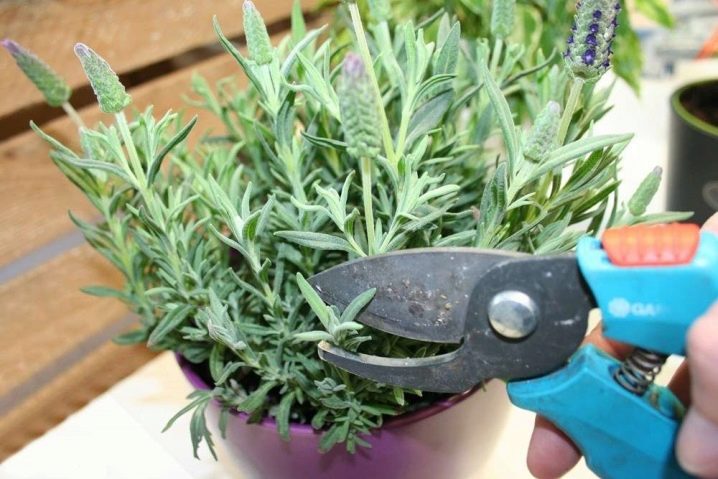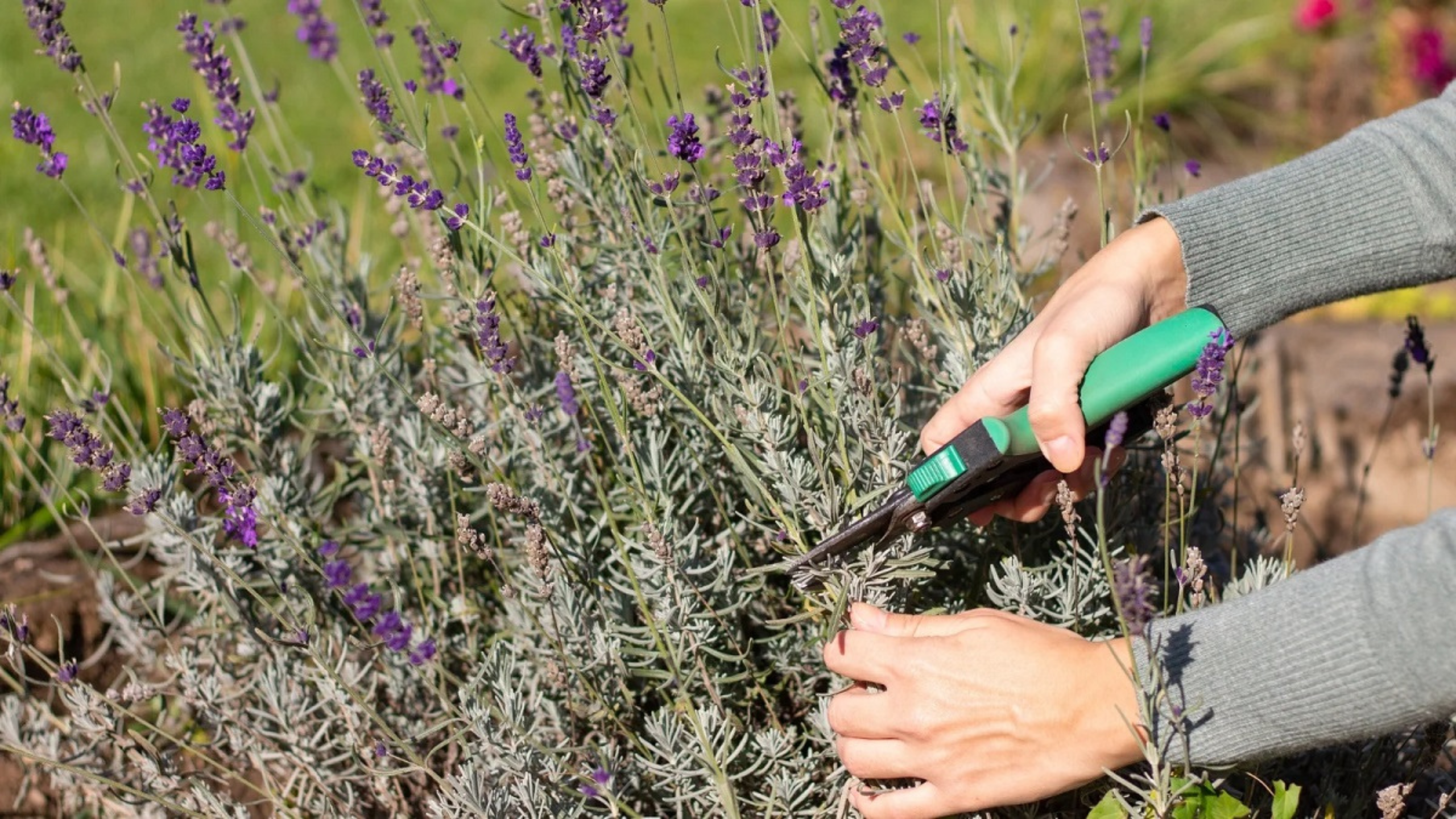Lavender is more than just a beautiful, fragrant plant—it’s a garden favorite that attracts pollinators, repels pests, and adds charm to any outdoor space. But to keep it flourishing year after year, proper pruning is essential. Done right, pruning lavender not only improves its appearance but also supports vigorous growth and abundant flowering.
If you’re unsure about when or how to prune your lavender plants, don’t worry. This guide will walk you through everything you need to know to care for lavender like a pro.
Why Pruning Lavender Is Important
Pruning isn’t just about aesthetics—it’s a key part of lavender’s health and productivity. Here’s why it matters:
Stimulates Fresh Growth: Pruning encourages new stems and leaves, leading to a fuller, more robust plant.
Increases Flower Production: A well-pruned lavender plant rewards you with more blooms that last longer.
Prevents Disease: By removing old or dead wood, you reduce the risk of mold and fungal infections, keeping your plant healthy.
When to Prune Lavender
Timing is everything when it comes to pruning. Lavender should generally be pruned twice a year: once in early spring and again after the first flowering.
Spring Pruning (March to April)
As winter fades and temperatures begin to warm, check your lavender for any dead or damaged stems. Lightly trim the plant—about one-third of its height—without cutting into the woody base. This “clean-up” pruning prepares the plant for a productive growing season.
Tip: Don’t rush into spring pruning. Wait until you see new green growth emerging to avoid accidentally cutting off healthy buds.
Post-Flowering Pruning (Late Spring to Early Summer)
After the first wave of blooms has faded, it’s time for a more substantial trim. Cut back around one-third of the plant, but always leave a few inches of green foliage. This encourages a second bloom in many lavender varieties and helps maintain the plant’s shape.
Note: Avoid pruning too late in the season (late autumn), especially in colder climates, as this can leave the plant vulnerable to frost.
How to Prune Lavender Correctly
Using the right technique is just as important as timing. Poor pruning can damage the plant or stunt its growth.
Use the Right Tools
Choose sharp, clean pruning shears or scissors. Dirty or dull tools can crush stems and introduce diseases. Clean your blades before and after pruning, especially if you’re working on multiple plants.
Follow the Green Growth Rule
Always cut just above where the green foliage begins. Avoid cutting into the woody part of the plant; lavender struggles to regrow from old wood. By trimming the green stems only, you encourage healthy regrowth.

Shape It Up
Lavender looks best when pruned into a dome or mound shape. This helps sunlight reach all parts of the plant and keeps it looking tidy. Plus, it prevents the center from becoming bare and leggy over time.
Deadhead Regularly
Between major prunings, remove spent blooms to encourage more flowering. This small effort pays off in extended bloom periods and a more attractive plant.
Lavender Care Tips Beyond Pruning
Pruning is just one piece of the puzzle. For best results, pair it with these care tips:
Sunlight Matters: Lavender thrives in full sun. Choose a location that gets at least 6–8 hours of direct sunlight each day.
Drainage Is Key: Lavender dislikes soggy soil. Plant it in well-drained soil or raised beds, and avoid overwatering.
Mulch Smartly: In colder regions, add a light mulch around the base of the plant in winter to protect roots from frost. Remove it in early spring to avoid moisture buildup.
Space Plants Wisely: Good airflow reduces disease risk. When planting multiple lavender bushes, leave enough space between them—typically 2–3 feet apart.
Final Thoughts
Pruning might feel intimidating at first, but with the right approach, it becomes a simple and rewarding task. A well-pruned lavender plant not only looks better but also rewards you with more blooms and a longer life.
Remember, while these tips apply to most varieties like English or French lavender, some cultivars might need slight adjustments in care. Observe your plant’s growth habits and local climate to fine-tune your approach.
By incorporating seasonal pruning into your lavender care routine, you’ll enjoy a lush, fragrant garden that delights the senses from spring through fall.


cheap amoxicillin pill – combamoxi.com cheap amoxil tablets
diflucan 100mg without prescription – https://gpdifluca.com/# order diflucan 100mg generic
order cenforce 100mg online – on this site cenforce 50mg brand
tadalafil (exilar-sava healthcare) version of cialis] (rx) lowest price – this cialis side effects
tadalafil review forum – https://strongtadafl.com/ cialis reviews photos
cialis viagra levitra sale – https://strongvpls.com/# viagra 50
Greetings! Extremely productive advice within this article! It’s the scarcely changes which wish make the largest changes. Thanks a quantity quest of sharing! prednisone cheap
This is the kind of writing I in fact appreciate. sitio web
This is a question which is in to my callousness… Diverse thanks! Unerringly where can I lay one’s hands on the contact details for questions? https://ursxdol.com/get-cialis-professional/
Greetings! Jolly useful recommendation within this article! It’s the little changes which wish turn the largest changes. Thanks a a quantity quest of sharing! https://prohnrg.com/product/cytotec-online/
The thoroughness in this piece is noteworthy. web
This is the type of delivery I unearth helpful. https://ondactone.com/spironolactone/
This is the kind of advise I unearth helpful.
buy plavix cheap
Thanks an eye to sharing. It’s acme quality. http://us.member.uschoolnet.com/register_step1.php?_from=https://www.startus.cc/company/stockholm
Thanks for sharing. It’s first quality. http://zqykj.cn/bbs/home.php?mod=space&uid=302446
purchase forxiga pills – https://janozin.com/# order forxiga for sale
order generic orlistat – https://asacostat.com/# buy generic orlistat 60mg
Thanks recompense sharing. It’s acme quality. http://polishcrazyclan.ugu.pl/member.php?action=profile&uid=356914
You can shelter yourself and your family by way of being cautious when buying medicine online. Some pharmaceutics websites manipulate legally and put forward convenience, reclusion, bring in savings and safeguards to purchasing medicines. buy in TerbinaPharmacy https://terbinafines.com/product/crestor.html crestor
Proof blog you have here.. It’s hard to espy strong calibre writing like yours these days. I honestly respect individuals like you! Withstand care!! TerbinaPharmacy
This is the kind of delivery I find helpful.
https://t.me/s/officials_pokerdom/3997
https://t.me/s/iGaming_live/4866
https://t.me/s/ezcash_officials